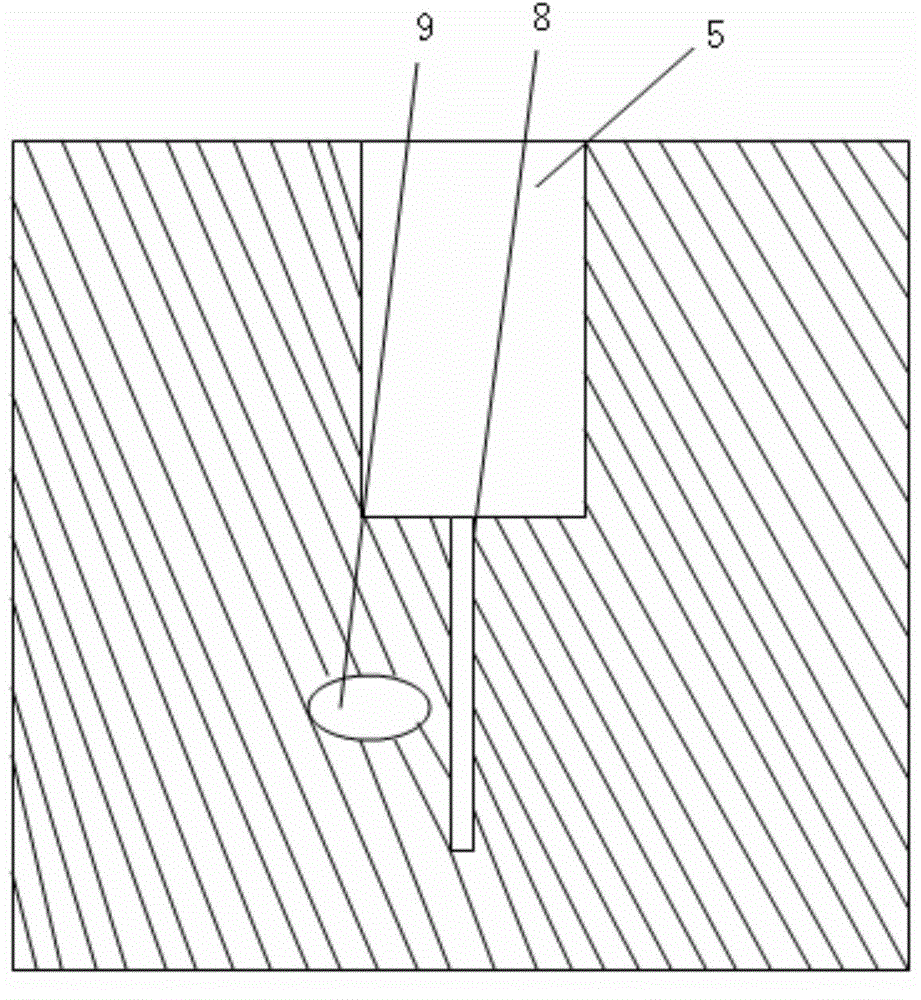Pile bottom cave sonar detection device and method
A detection device and sonar technology, applied in the direction of measuring devices, geophysical surveys, instruments, etc., can solve the problems of pile foundation bearing capacity reduction, building tilting, toppling, etc., to achieve high accuracy, fast detection speed, and accurate detection results Effect
- Summary
- Abstract
- Description
- Claims
- Application Information
AI Technical Summary
Problems solved by technology
Method used
Image
Examples
Embodiment Construction
[0025] Below in conjunction with accompanying drawing and specific embodiment the present invention is described in further detail:
[0026] Basic principle of the present invention is: pile bottom karst cave and weak rock stratum form a significantly changing interface with the rock mass at pile bottom, and this interface mainly shows in the impact of the density of rock or soil on the stress wave velocity, therefore, this interface has great influence on sonar The transmission of the stress wave will produce a strong reflection echo. When the sonar emitting probe emits sonar in the mud liquid at the pile bottom 4, the sonar will propagate downward from the rock mass at the pile bottom 4. During the propagation process, if When encountering karst caves or weak rock masses, reflection echoes will be generated, and the echoes will be received by the sonar stress wave receiving sensor 2.4. According to the received echo signals, it is possible to well detect whether there are kar...
PUM
 Login to View More
Login to View More Abstract
Description
Claims
Application Information
 Login to View More
Login to View More - R&D
- Intellectual Property
- Life Sciences
- Materials
- Tech Scout
- Unparalleled Data Quality
- Higher Quality Content
- 60% Fewer Hallucinations
Browse by: Latest US Patents, China's latest patents, Technical Efficacy Thesaurus, Application Domain, Technology Topic, Popular Technical Reports.
© 2025 PatSnap. All rights reserved.Legal|Privacy policy|Modern Slavery Act Transparency Statement|Sitemap|About US| Contact US: help@patsnap.com



